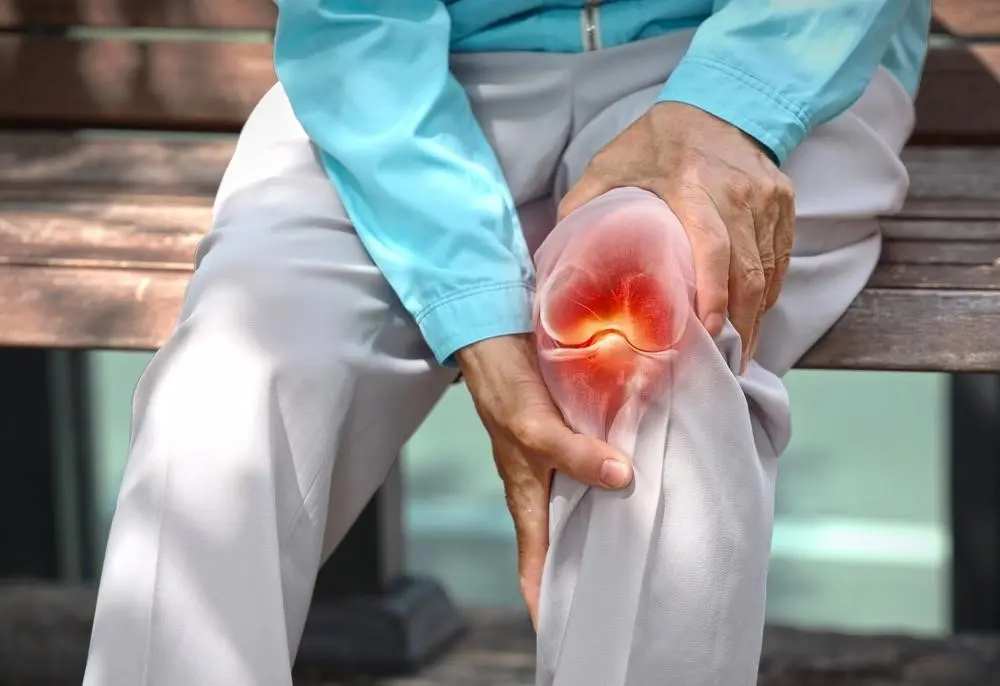A major report by the Institute of Medicine earlier this year found that just about all of us will be misdiagnosed at least once in our lives.
When it comes to ultrasounds and MRIs to identify the cause of chronic pain, misinterpreted results can result in unnecessary surgeries. Dr. Alexander Kulick, an integrative physician and former ER doctor, said that before you go under the knife, it’s important to get a second opinion and to get checked for entrapped nerves.
Dr. Kulick has had patients who came to him after being misdiagnosed. Some of them didn’t realize they had been misdiagnosed until surgery failed to fix their pain.
One of the main reasons patients are misdiagnosed is that, especially for people over 50, it’s pretty much a guarantee that ultrasounds and MRIs will show tears, herniations, and other conditions—all of which can appear pretty serious, he said.
“If you get an ultrasound or MRI, you’re going to wish you never looked at it,” he said. “There will be disk herniation and bulges all over the place.”
But these can be entirely benign and unrelated to your pain.
One of the first things you can do to avoid misdiagnosis when you get the results is to ask your doctor if the location of your pain is typical for the condition indicated by the ultrasound or MRI, he said.
Dr. Kulick said sometimes the test results look so bad that physicians recommend surgery even when the symptoms don’t precisely correlate. For example, he had a patient who came to him after being scheduled for surgery to fuse the L3-L4 disks of his low back. However, the pain he had was not at all consistent with these disks.
Dr. Kulick took a look with musculoskeletal (MSK) ultrasound and found that the patient had a trapped sciatic nerve. He did two rounds of a 20-minute procedure called hydrodissection to free the nerve, and nine months later, the patient is still completely pain-free—no surgery needed.
Another reason for misdiagnosis is that it can be difficult for patients to precisely describe pain to their doctors, and pain in the same spot can have different causes.
For example, knee pain is frequently caused by a tear in a knee cartilage called the meniscus.
“So if you point to a spot on your knee and say, ‘I feel pain here,’ and you get an MRI and see a tear, before you know it, you’re in the operating room,” Dr. Kulick said.
But very close to where you'd feel pain if your meniscus were torn, you could be feeling pain from a trapped fibular nerve, he said.
So why don’t doctors routinely check for trapped nerves before surgery?
Because ability to use MSK ultrasound to detect trapped nerves is a new field of study and is just now opening up the possibility of fast, reliable diagnosis.





